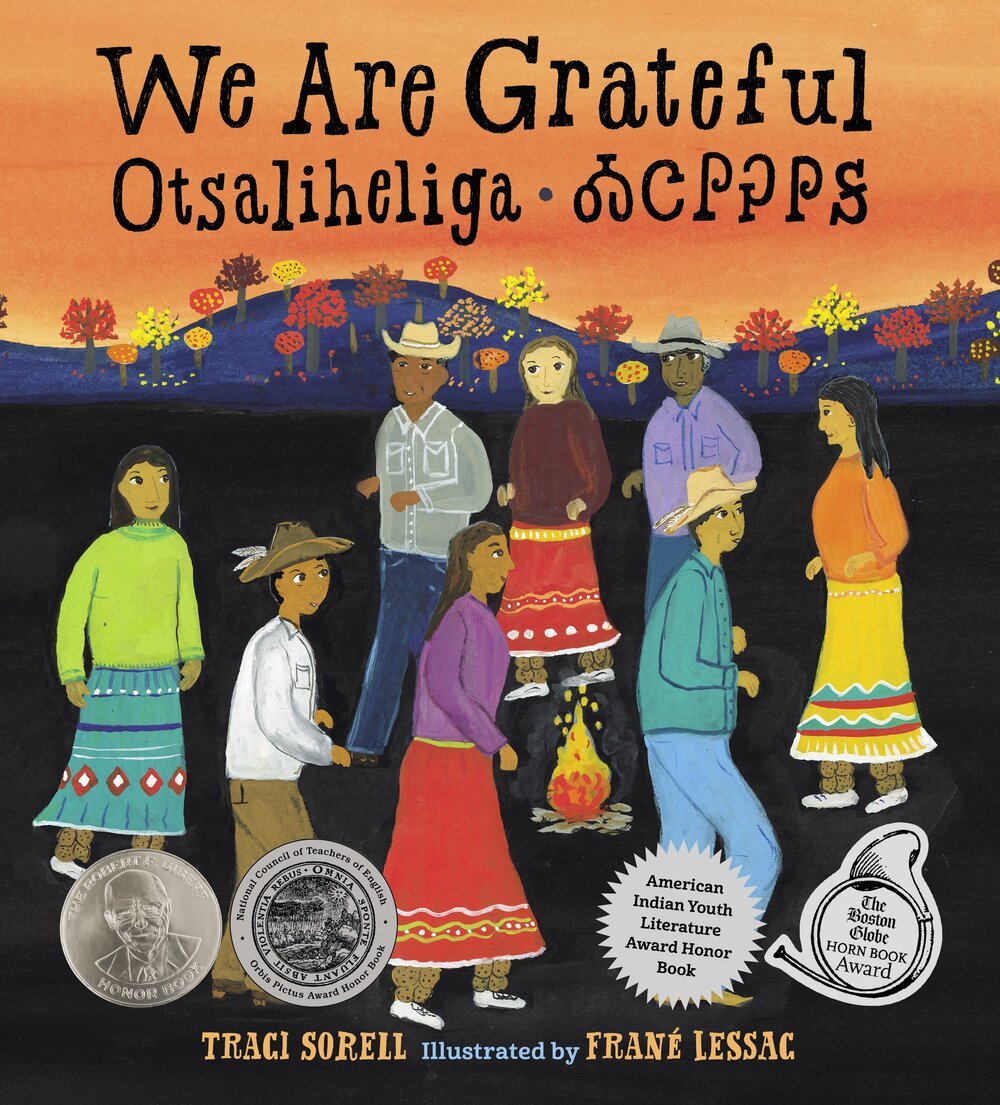As COVID-19 deaths spiked in 2020, Suzanne Firstenberg’s public art installation "In America: How could this happen…"
Museum Artifacts

Grade Range:
5-12
Resource Type(s):
Artifacts, Primary Sources
Date Posted:
12/22/2010
Uniform and hat of soldiers of the 1st Regiment of U.S. Sharpshooters, better known as Berdan's Sharpshooters. Mustered in 1861, this unit was commanded by Colonel Hiram Berdan.

Grade Range:
5-12
Resource Type(s):
Artifacts, Primary Sources
Date Posted:
12/23/2010
The kepi is similar to the forage cap. It was copied from the French officer's hat. The crown could be colored, usually for the branch of service of the wearer. The kepi was shorter than the forage cap, and was not very popular because it did not protect from the rain or sun.

Grade Range:
K-12
Resource Type(s):
Artifacts, Primary Sources
Date Posted:
1/27/2009
Although some know of the banjo's use by African Americans, the popular consciousness of the banjo has been dominated by images of white Southern musicians and urban folk singers. But the story is more complex. The banjo migrated from Africa to America in the hands and memories of slaves. Through

Grade Range:
K-12
Resource Type(s):
Artifacts, Primary Sources
Date Posted:
11/13/2008
This cloth banner celebrates the electoral victory of Thomas Jefferson over John Adams in the presidential election of 1800. The banner is believed to be one of the earliest surviving textiles carrying partisan imagery, created at the dawn of the first American party system in which power passed

Grade Range:
K-12
Resource Type(s):
Artifacts, Primary Sources
Date Posted:
9/3/2010
This Dutch map, made about 1655, shows eastern North America from what is now Canada to Virginia. Illustrations within the map include local wildlife as well as Indian villages on land, and Indians in boats at sea. The lower right corner of the map contains an inset of Nieuw Amsterdam, the third

Grade Range:
K-12
Resource Type(s):
Artifacts, Primary Sources
Date Posted:
8/20/2009
This page is one side of a double-sided sheet from a copy of the Koran, a collection of revelations to the Prophet Mohammed that forms the basis of the Islamic religion. Information within the book indicates that the scribe worked on it for 22 years and completed it in 1207 A.D. The black letters

Grade Range:
K-12
Resource Type(s):
Artifacts, Primary Sources
Date Posted:
3/10/2009
Believed to be the first photographic portrait made in the United States, this portrait of Dorothy Catherine Draper was originally taken by her brother Dr. John W. Draper (1811-1882) in his Washington Square studio at the New York University in 1839 or 1840, within the first year of Louis Jacques

Grade Range:
K-12
Resource Type(s):
Artifacts, Primary Sources
Date Posted:
12/17/2010
Physical Description
Large yellow stripe with anchor and coat of arms. Red stripes on either side of yellow.
Specific History
Spanish admiral’s flag captured by United States gunboat Petrel from the cruiser Isla de Luzon during the Battle of Manila

Grade Range:
K-12
Resource Type(s):
Artifacts, Primary Sources
Date Posted:
10/19/2009
The sheer size of the California gold strike altered the nature of American numismatics. It was not only that mintage figures dramatically increased; the actual range of denominations increased as well. Prior to 1849, there had been three gold coins: the quarter eagle, half eagle, and eagle

Grade Range:
K-12
Resource Type(s):
Artifacts
Date Posted:
4/4/2016
By 2013, McDonald’s signs could be found in all 50 states as well as approximately 120 countries. This sign was made in the U.S.A. for use in Japan. While the writing is in Japanese, the sign remains instantly recognizable due to its color scheme and signature golden arches. Not only the look o



















